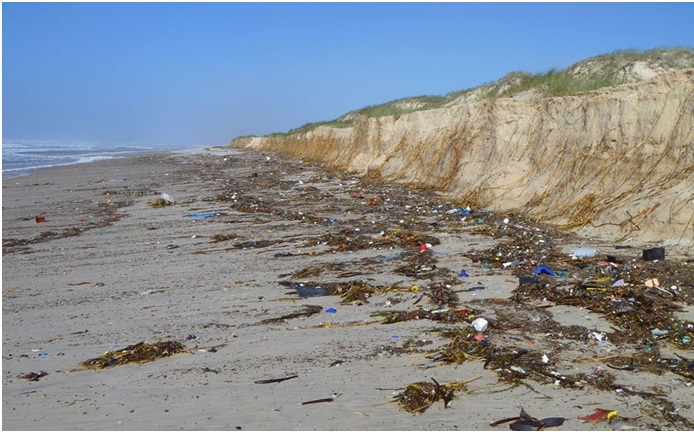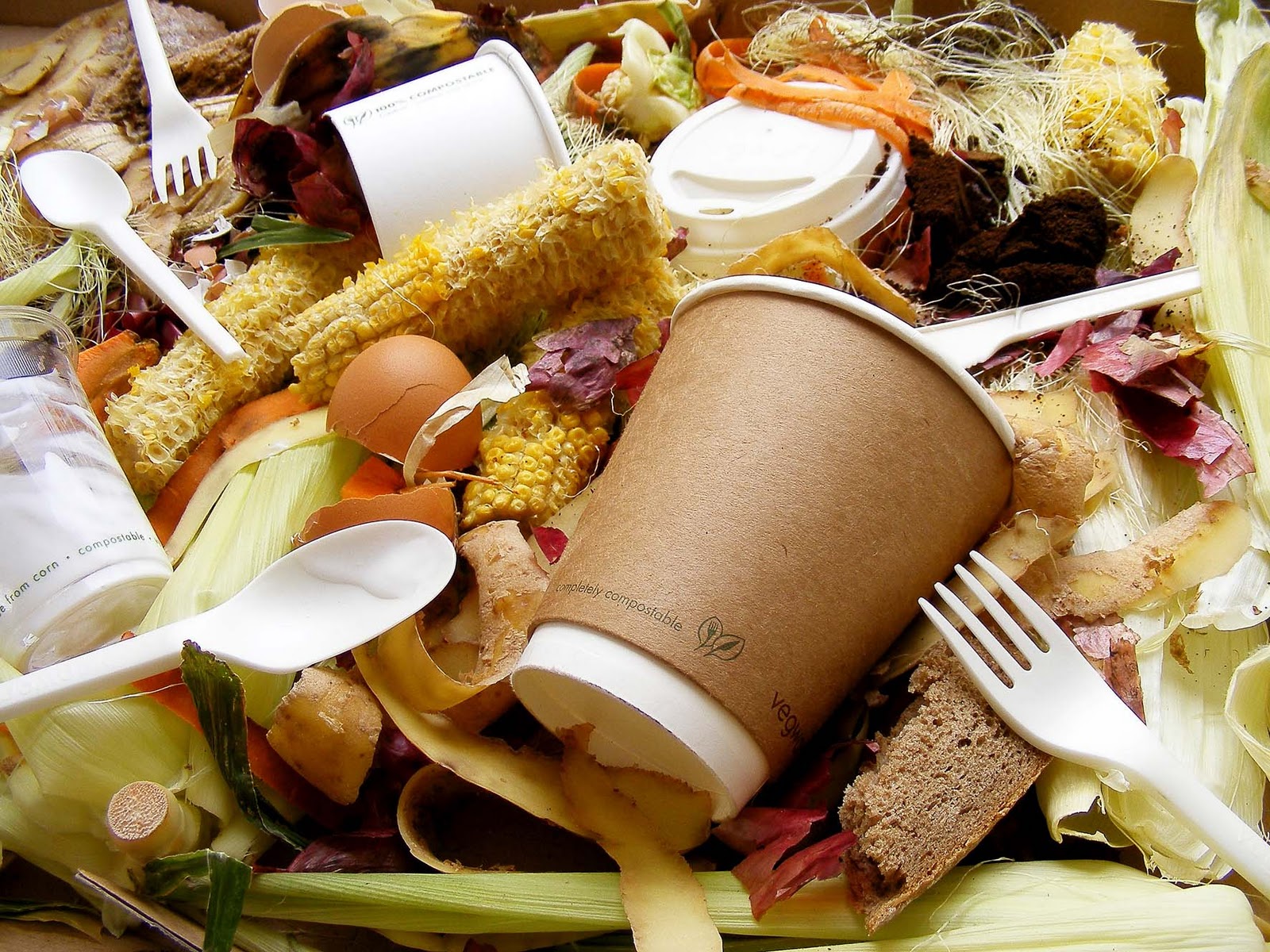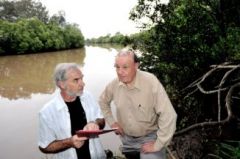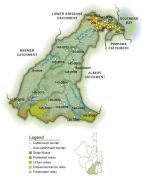
Logan and Albert Conservation Association

The Logan River/Larry Storey Park Clean-up has been rescheduled to
8am - 11.30am on
Sunday 24 March 2013
and YOU ARE INVITED TO JOIN US for the cleanup. Long range forecasts indicate the weather should be kinder for boats, canoes, kayaks and people, so hopefully we will enjoy a productive morning in the park and on the Logan River.
Long range forecasts indicate the weather should be kinder for boats, canoes, kayaks and people, so hopefully we will enjoy a productive morning in the park and on the Logan River.
Please advise if you will be joining us, so we can ensure we have enough gloves, collection bags plus mugs for tea/coffee etc.
You will also need sunscreen & hat, sturdy footwear & leg protection (eg long pants in the park) plus water and snacks to keep you going.
Registration for this Clean-up site can still be made HERE
Co-ordinator for this event is Paul Casbolt m: 0428 325 275.
LACA and Greater Logan Canoe Club are collaborating on this great cleanup day and we are sponsored by Healthy Waterways.
The Healthy Waterways Clean Up crews remove over 250,000 items of litter from our waterways each year. The crews consist of two people in one of two tinnies (small metal boats). They collect floating litter and, in accessible areas, pick up litter from riverbanks and from within mangroves.
This is an incredible amount of litter - mostly plastic bottles bags and bits - that we as rate payers pay to have someone pick up our rubbish.
Why do we litter our home? How can we change and put those $$$$$$$ to better use?
If we trash it costs us cash!
Lets make Logan the cleanest River in Australia! No rubbish dumped.
Preventing sediment is another story.
See you all Sunday on or near the river.
Logan River is one of our greatest natural resources. Lets make it a great spot to visit!
 What is waste?
What is waste?
There is no waste within the natural world unless we consider what humans have wasted. Nature recycles everything – even water - so that everything contributes to the overall benefit and survival of eath's natural system.
By comparison, many of us discard potential resources carelessly because we no longer value them for ourselves. These potential resources often end up in the waste stream. In the recent past we may have been very keen to buy the products which having served their original purpose are thrown away.
No other species creates such waste as humans do .
Unfortunately in our haste for a fast convenient lifestye some products that we produce - mostly from by products of the fossil fuel industry - may survive for a very long time in the environment and take up space on land or water which could be better used. Within the natural world a clever closed loop system has many organisms benefiting as items are returned to the soil or earth.
Waste is a major global problem as we try to cope with items tossed away. Even some food which we need to sustain us is considered as waste instead of a beneficial resource. No food needs to be regarded as a disposable commodity to end up in landfill. Spoiled food is valuable to return nutrients to the earth and there are many ways to achieve this such as worm farming and composting. Food waste is a complex challenge at all levels in all countries. This Guardian article raises some issues
 Logan / Albert / Southern Moreton Bay: Two fails in a row:
Logan / Albert / Southern Moreton Bay: Two fails in a row:
three strikes and you’re out?
The
The Logan / Albert Rivers and Southern Bay situation are worth so much to the State and the nation in a healthy condition that preventing an ecological shut down of the system must now be seen by the State Government as a ‘matter of State interest’.
Current international trends, highlighted by the recent Conference of the Parties to the Convention on Biological Diversity (COP-10) that concluded on October 29 in Nagoya, Japan, place increased imperatives on nations to adopt measures which incorporate the economic value of ecosystem services.
Queensland's ‘wild rivers’ legislation, which effectively frames the rivers as ‘biodiversity infrastructure’ whose systems, just like those of a road for example, must be made functional for the whole to begin to work is an exemplary model. It is possible that PES (payment for ecosystem services) could be applied to legislation to protect riparian areas, giving landholders cost neutral outcomes for productivity losses, fencing, revegetation etc.
We need to complement (or replace as necessary) the existing strategies with new whole-of-system initiatives over the next decade.
Read some coverage here in local news where several conservation group executive members express our concern.
"We are presiding over the final stages [of death] of a once healthy, productive and magnificent river system" said Barry Fitzpatrick. Unless we ensure that our river systems and bay are returned to a healthy functioning ecosystem, future health and wellbeing of the region is in jeapardy.
Local newspaper Jimboomba Times is now available online and have reported on this environmental isue here.
Senior member of the Healthy Waterways scientific expert panel Professor Rod Connolly presented the results to the southern region audience at the Gold Coast.
"With Logan we saw a slight improvement which came from a slight reduction in the levels of sediment and nutrients in the river," he said.
"The message for Logan is that what council and landowners are doing is excellent but we need to be working harder on two things.
"The first is the need for better processes in the development of greenfield sites, if we want healthy waterways we need to prevent sediment from escaping into our rivers.
"The second thing refers to rural areas where we are seeing a change from pastoral activity to all sorts of other land uses and again we need to ensure the sediment created by this change does not make it into the river.
"Planting bankside vegetation is one way of doing this but it is important for both council and landowners to take responsibility.
"Council's recent investment in sewerage treatment plant upgrades has been one of the most significant factors in improving the health of its waterways and hopefully it will result in further improvements."
Professor Connolly said he had considered the Albert Catchment to be in reasonably good condition but that the drop from an A- to a B- was a surprise.
"This is a meaningful decrease but at this point I couldn't jump in and say what the causes are," he said.
"We need to do more detective work to find out what has gone wrong before we can go down that route.
"Overall I would like to see more investment in waterways and we need to look at the new bulk water authorities to contribute a large fraction of the pie.
"More support for landowners and catchment groups would also be welcome."
Asked what impact new urban cities at Yarrabilba and Flagstone might have, Professor Connolly said as long as Water Sensitive Urban Design (WSUD) principals were followed, there was no need for a negative impact on waterways.
"The history of south-east-Queensland shows that when you have substantial number of people moving to new developments there is a decrease in the health of the streams and estuaries," he said.
"There are things that can be one to prevent this however and it just depends on how much the community wants to dedicate to the health of our waterways."
Senior member of the Healthy Waterways scientific expert panel Professor Rod Connolly presented the results to the southern region audience at the Gold Coast.
“With Logan we saw a slight improvement which came from a slight reduction in the levels of sediment and nutrients in the river,” he said.
“The message for Logan is that what council and landowners are doing is excellent but we need to be working harder on two things.
“The first is the need for better processes in the development of greenfield sites, if we want healthy waterways we need to prevent sediment from escaping into our rivers.
“The second thing refers to rural areas where we are seeing a change from pastoral activity to all sorts of other land uses and again we need to ensure the sediment created by this change does not make it into the river.
“Planting bankside vegetation is one way of doing this but it is important for both council and landowners to take responsibility.
“Council’s recent investment in sewerage treatment plant upgrades has been one of the most significant factors in improving the health of its waterways and hopefully it will result in further improvements.”
Professor Connolly said he had considered the Albert Catchment to be in reasonably good condition but that the drop from an A- to a B- was a surprise.
“This is a meaningful decrease but at this point I couldn’t jump in and say what the causes are,” he said.
“We need to do more detective work to find out what has gone wrong before we can go down that route.
“Overall I would like to see more investment in waterways and we need to look at the new bulk water authorities to contribute a large fraction of the pie.
“More support for landowners and catchment groups would also be welcome.”
Asked what impact new urban cities at Yarrabilba and Flagstone might have, Professor Connolly said as long as Water Sensitive Urban Design (WSUD) principals were followed, there was no need for a negative impact on waterways.
“The history of south-east-Queensland shows that when you have substantial number of people moving to new developments there is a decrease in the health of the streams and estuaries,” he said.
“There are things that can be one to prevent this however and it just depends on how much the community wants to dedicate to the health of our waterways.”
 SEQ environment groups warn of the looming threat to Moreton Bay from the sheer scale of proposed urban development throughout the region. Over a decades worth of achievements could be undone if the massive new unsustainable urban development throughout SEQ is allowed to occur with out having to fully consider and put in place measures to avoid impacts to waterways.
SEQ environment groups warn of the looming threat to Moreton Bay from the sheer scale of proposed urban development throughout the region. Over a decades worth of achievements could be undone if the massive new unsustainable urban development throughout SEQ is allowed to occur with out having to fully consider and put in place measures to avoid impacts to waterways.
Large-scale catchment wide rehabilitation projects and the adoption of world's best development standards in the vicinity of one billion dollars needs to be invested to repair catchment degradation throughout the region; otherwise the ecological health of Moreton Bay is likely to continue to decline overtime.
Another F for fail for the Logan River Estuary surely should mean that all levels of government should be aware of the damage our present human activites is causing and business as usual - despite the rhetoric - will not reverse the degradation.The southern Moreton Bay Ramsar site is also in poor health.
'The 2010 report card shows the condition of the Albert and Logan estuaries remain in poor condition, despite over ten years of hard work to improve their ecological health. The poor estuary health is caused by high nutrient and sediment levels, which is continued to be caused by existing inappropriate urban and industrial development throughout the catchment. Impacts to waterways are set to escalate if a business as usual approach is taken to the massive urban development planned for our part of the region.
When will the political will change to work towards a healthy catchment and ecosystem whose value for longterm human survival is essential. Without a healthy ecosystem [planet] we will not have a healthy sustainable lifestyle.
Queensland Conservation Association released their comment in this media release. QCC_healthywaterwaysreportcard20oct.doc Bytes 01/01/1970, 10:00
QCC_healthywaterwaysreportcard20oct.doc Bytes 01/01/1970, 10:00